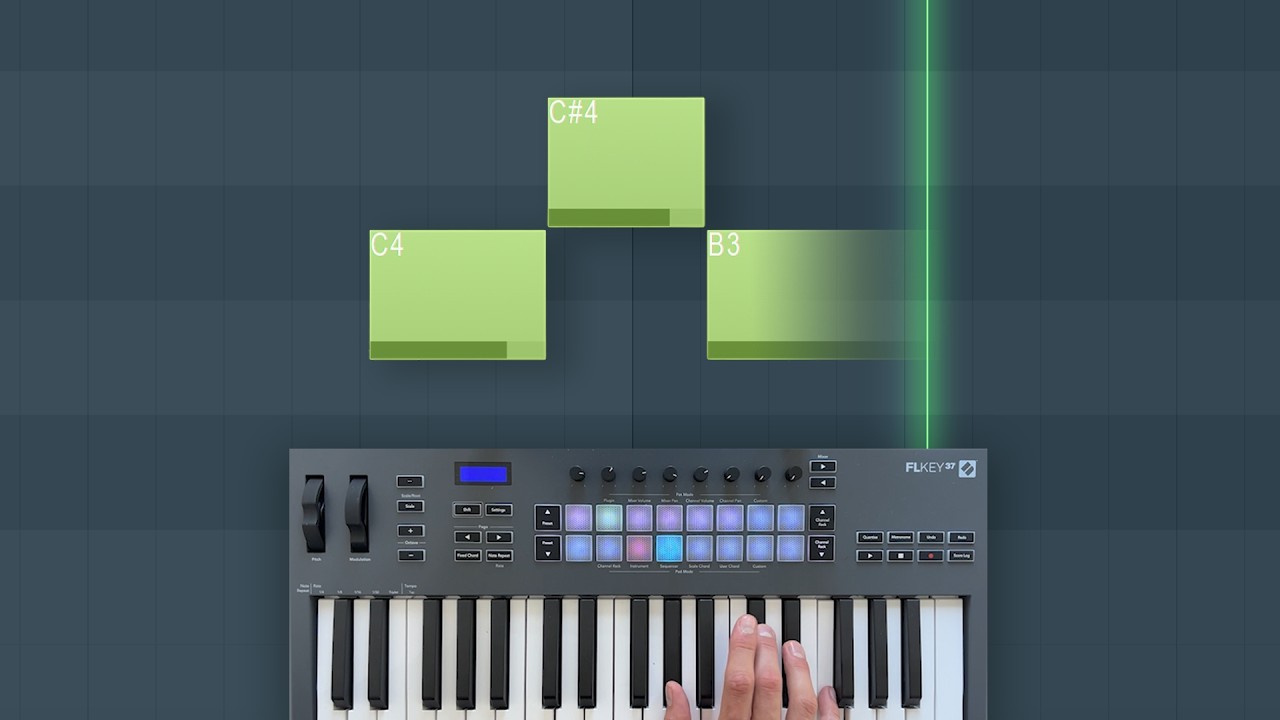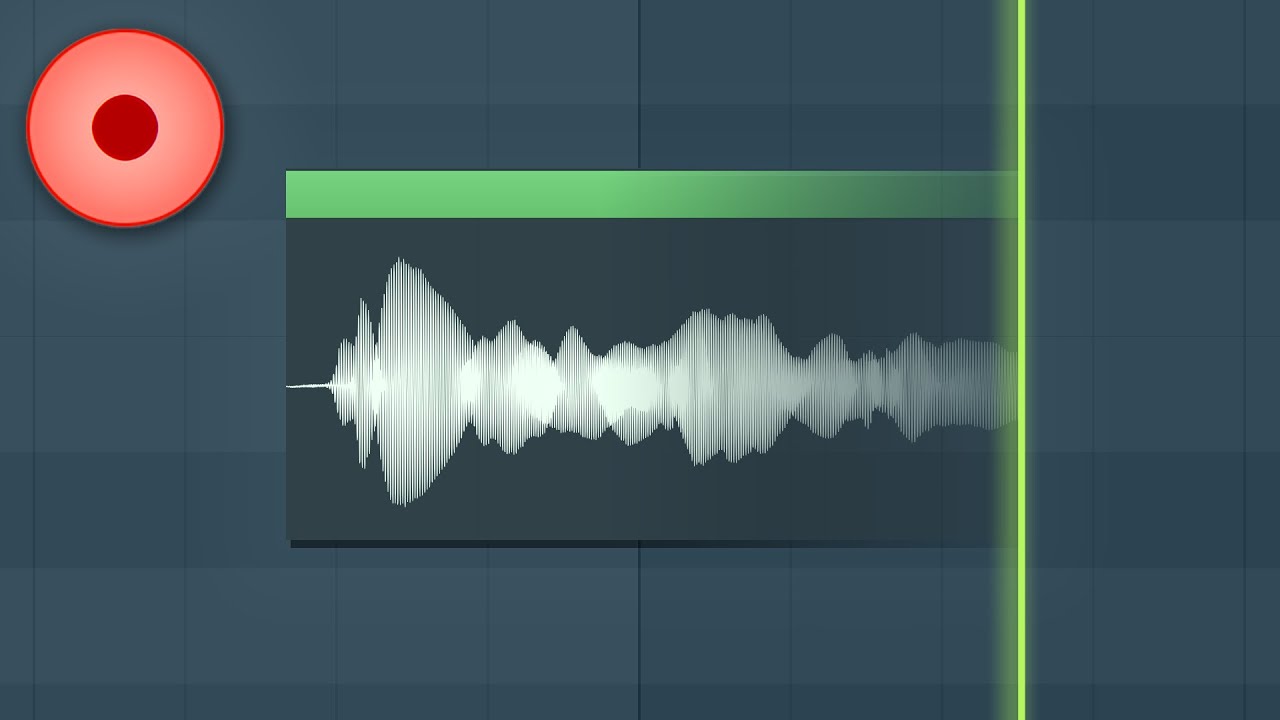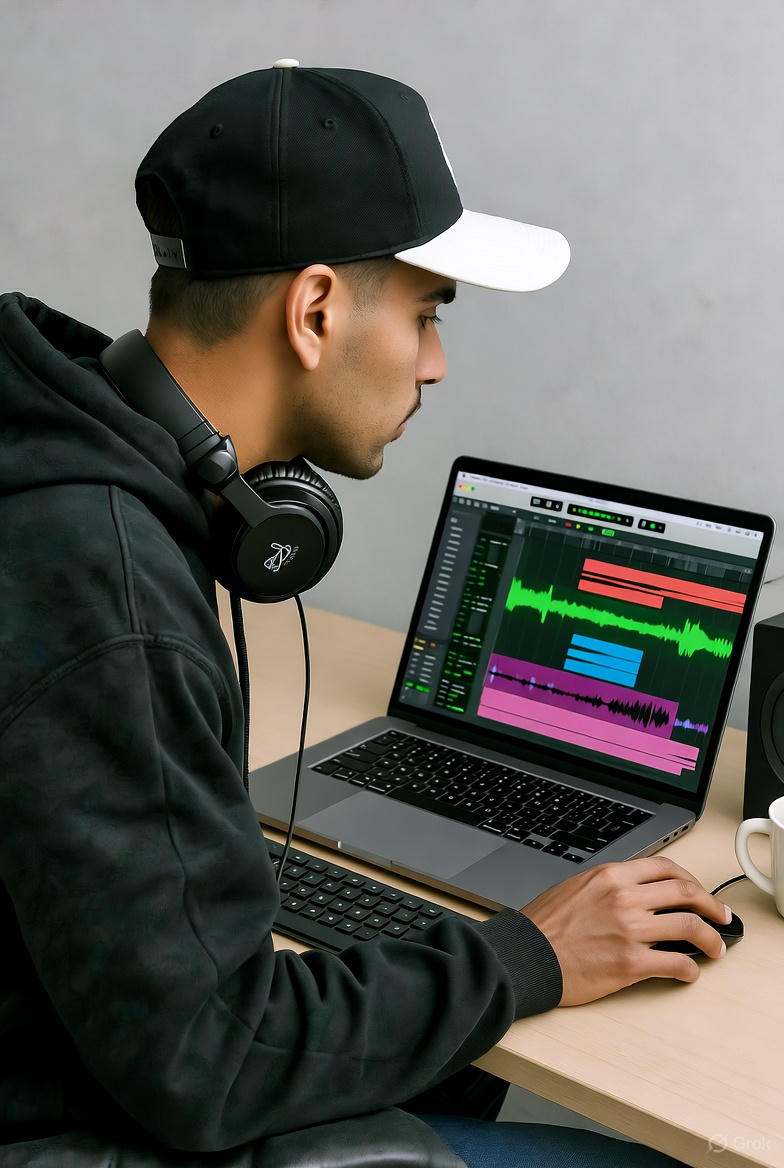!Let Us HELP YOU!
We have a lot of curated content on this blog.
Take this simple 20 second Quiz to Help You
Find The Exact Content You Are Looking For!
In a recent hands-on review, David from MixbusTV put the new IK Multimedia iLoud Precision 5 MKII through its paces.This article was curated from the video NEW: IK Multimedia iLoud Precision 5 MKII Monitors – Affordable Price, Pro Sound with the help of mixbusttv.com This iLoud Precision MKII review walks through the hardware upgrades, the new ArcX calibration software, and practical listening impressions so producers and engineers can decide whether these compact monitors are the right fit for their studio or home setup.
Table of Contents
- Overview: What the iLoud Precision MKII Brings to the Table
- Hardware Improvements: Tweeter, Enclosure and Low-End Behaviour
- Box Contents and Rear-Panel Controls
- ArcX Calibration: Fast, Flexible and Emulation-Rich
- Listening Impressions: What David Heard
- Final Thoughts
- Further Reading & Useful Links
- FAQ
Overview: What the iLoud Precision MKII Brings to the Table
David frames the iLoud Precision MKII as a clear step up from previous IK compact monitors. The MKII pair combines refreshed hardware—most notably an advanced tweeter and redesigned enclosure—with a new software ecosystem, ArcX, which replaces Arc Monitor and Arc4. ArcX adds room correction plus 20 speaker emulations ranging from pro mains to consumer devices, and a sturdy backlit remote for quick switching between presets.

Hardware Improvements: Tweeter, Enclosure and Low-End Behaviour
The standout hardware change is the tweeter. David describes the new tweeter as “ultra lightweight” with improved rigidity, translating into greater transparency, lower distortion and a non-fatiguing top end. Coupled with a new enclosure, the MKII delivers precise transient response and a well-defined soundstage—qualities David says make these monitors ideal even for immersive setups like home Atmos bundles.
On paper, the frequency response is impressive: ±1 dB from 45 Hz to 30 kHz and extension to 37 Hz at −4 dB. More importantly, David emphasises real-world behaviour: the MKII’s ported design behaves almost like a sealed speaker—tight, fast and focused in the low end rather than over‑extended or ringing. He warns that while the low end is impressive for the size, a subwoofer will still be necessary if a full-range monitoring system is required.

Box Contents and Rear-Panel Controls
What’s included:
- ARC measurement microphone and clip
- All necessary USB, power and mini‑jack cables
- Isolation pads
- Metal remote controller
Rear-panel controls cover useful studio options: low-frequency extension with full, 50 Hz and 80 Hz crossover choices; LF and HF shelving trims; level knob; USB connection for firmware and ARC ecosystem updates; remote input/output; mic input and power. The USB link also allows direct firmware upgrades, which David performed as soon as the speakers were connected.
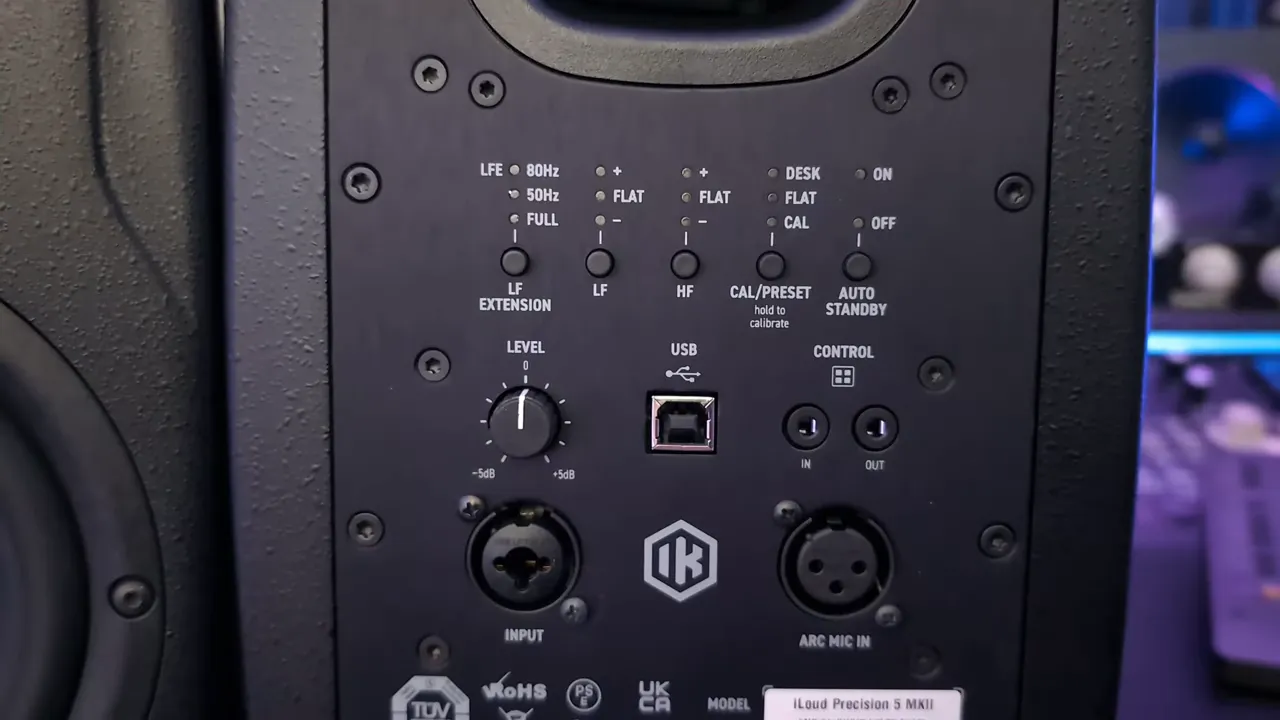
ArcX Calibration: Fast, Flexible and Emulation-Rich
ArcX is a major part of this iLoud Precision MKII review. David walks through the calibration flow: speaker detection, system check, microphone selection and level confirmation, then selecting the listening scenario and accuracy. ArcX supports multiple listening scenarios (studio monitor mix, project studio, wide area, studio back, home theatre) and accuracy modes from minimal (one point) to advanced multi-point measurements.
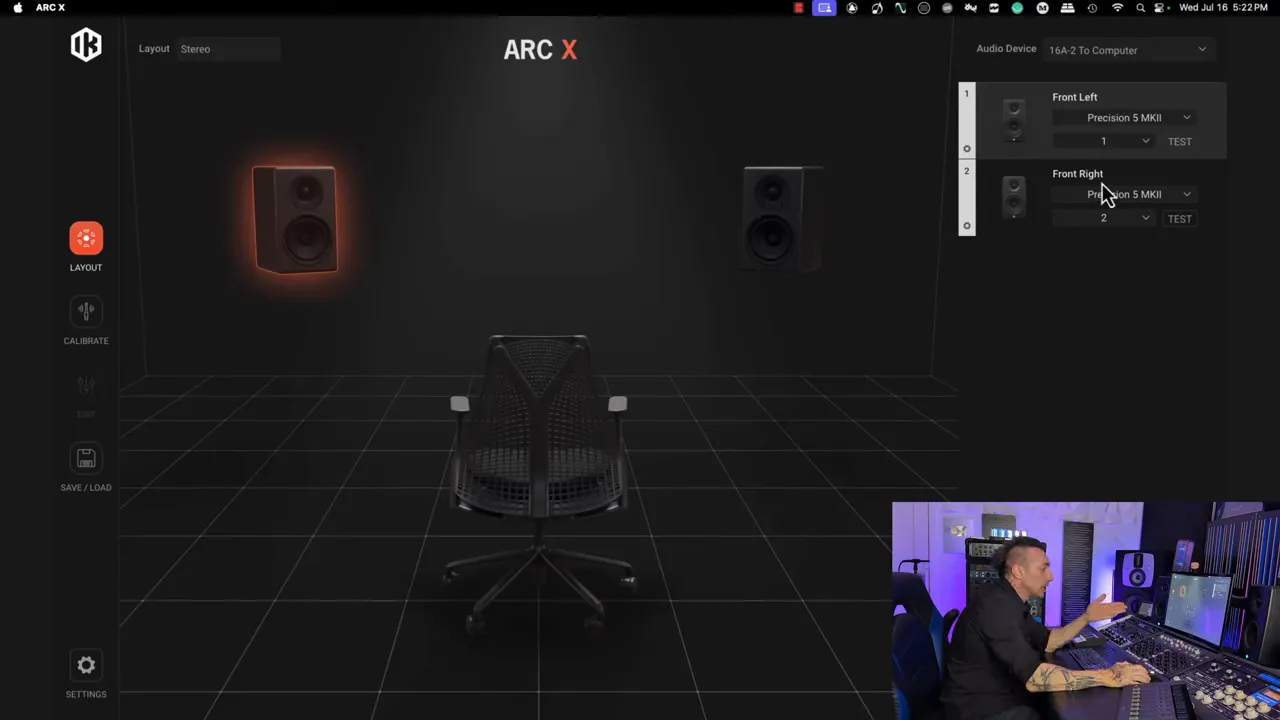
David ran a basic three-point calibration in the demo. After measurement, ArcX shows a plot with the raw (pre‑correction) and corrected responses, and offers phase modes (natural or linear) and correction styles (sharp or broad). The software’s speaker emulations include high-end mains, classic monitors and consumer targets such as smartphones and TVs. The included remote maps four backlit buttons to either different emulations or to functions like toggling calibration on/off—handy during mixing or client sessions.
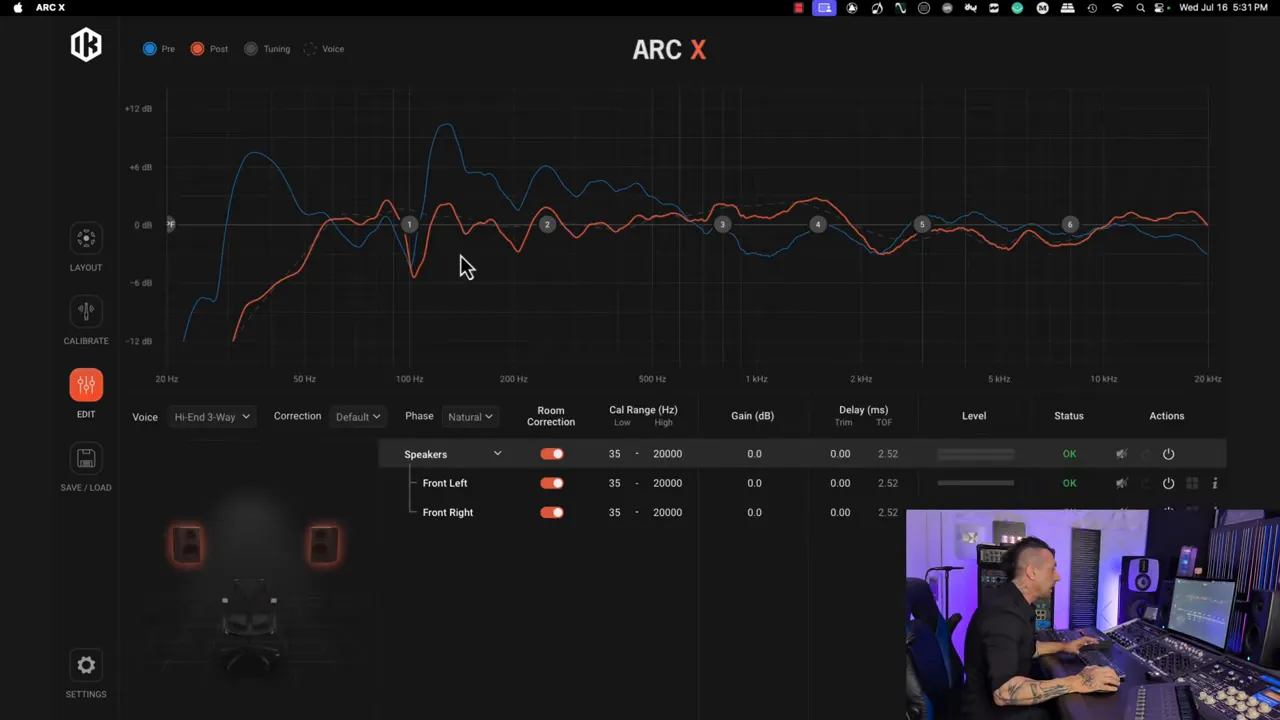
Listening Impressions: What David Heard
David’s impressions are candid and practical:
- Low end: Tight, quick and well-controlled for a ported 5″ monitor—translates better to other systems than hyped bass.
- Midrange: Trustworthy and clear; excellent for positioning delays and reverbs front‑to‑back as well as left‑to‑right.
- High end: The new tweeter is a favourite—detailed without being fatiguing. David notes he personally tames the very top a bit on most monitors due to sensitivity, but found these very pleasing out of the box.
Overall verdict in the review: the MKII is a meaningful upgrade and “100% worth looking into” whether buying new or upgrading.
Final Thoughts
For engineers and producers seeking compact monitors with pro-level clarity and an advanced room-tuning ecosystem, the iLoud Precision MKII is a strong contender. The combination of a refined tweeter, focused low end, and the ArcX software with speaker emulations and a dedicated remote makes these monitors versatile for both mixing and client listening. A subwoofer will still be advisable for those needing full sub-bass extension, but the MKII covers critical mid and high frequencies exceptionally well.
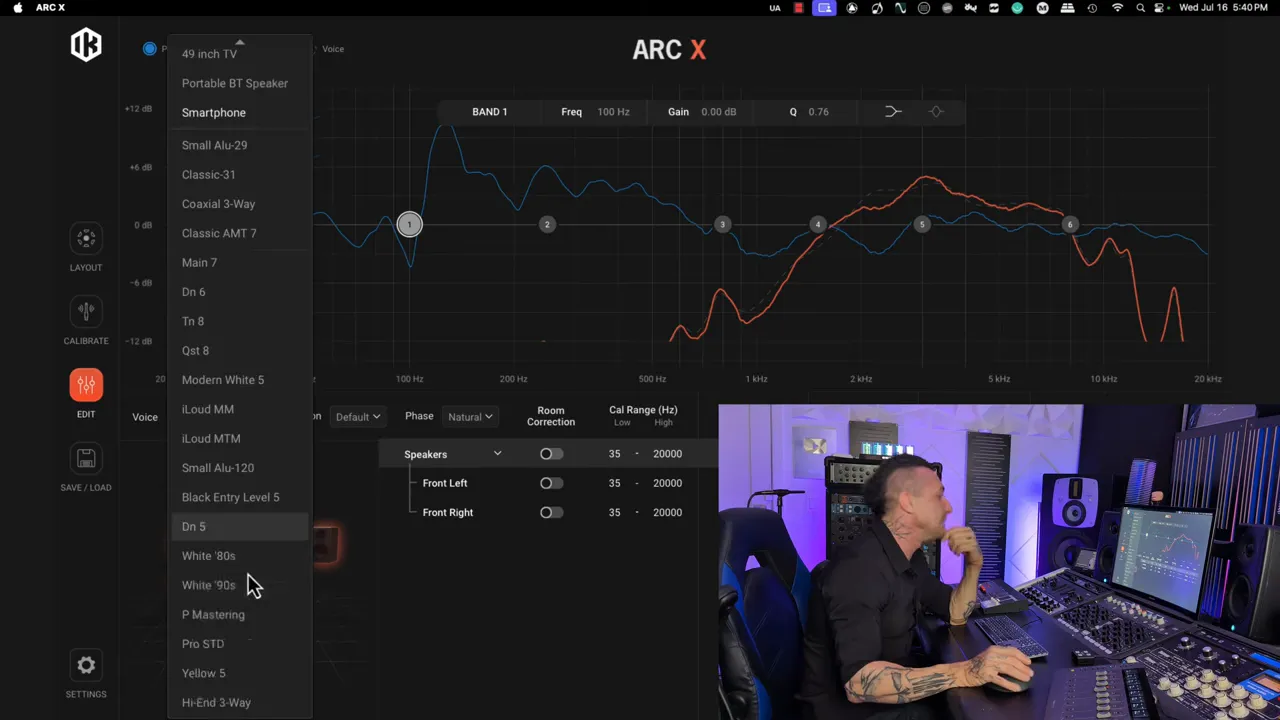
Further Reading & Useful Links
Related resources for producers and mix engineers:
- General production resources: https://howtomakebeatsblog.com/
- Plugin review relevant to low-end shaping: https://howtomakebeatsblog.com/ramzoid-808-cooker-plugin-review/
FAQ
Do these monitors need a subwoofer?
For most mixing tasks they provide excellent low‑mid information, but a dedicated sub is recommended if you need to monitor very deep sub-bass or work in genres with extreme LF content.
WEBSITE RESOURCES FOR MUSICIANS
Is ArcX free for older IK monitors?
Yes. ArcX will be available as a free download for compatible previous models (Precision, MTM, micro, etc.), bringing the new calibration features to older monitors.
Can the remote be customised?
Yes. The four backlit buttons default to different speaker emulations, but you can assign them to other functions such as toggling calibration or selecting specific targets.
How many measurement points should I use?
ArcX offers minimal (1), basic (3), standard and advanced multi‑point modes. For a single listening position, 3 points is a good balance; use more points for larger sweet spots or multi‑listener rooms.
Is the iLoud Precision MKII suitable for Atmos setups?
David highlights the MKII as a compelling budget option for building a home Atmos system, especially given the accurate imaging and transient response. IK also offers bundled options for multi‑speaker setups.
Note: No URLs were provided in the link list. Below are suggested 1–3 word anchor texts and recommended insertion points; replace the href=”#” placeholders with actual URLs when available.
- ArcX — insert in the paragraph introducing ArcX calibration (ArcX is a major part of this iLoud Precision MKII review).
- tweeter — insert in the Hardware Improvements paragraph where the new tweeter is discussed.
- subwoofer — insert in the paragraphs that recommend a subwoofer for full-range monitoring.
- firmware upgrades — insert in the Box Contents and Rear-Panel Controls paragraph that mentions the USB link and firmware updates.
- speaker emulations — insert in the ArcX Calibration paragraph that lists the software’s emulation options.
- measurement microphone — insert inline in the Box Contents list next to the ARC measurement microphone and clip.
- remote — insert where the backlit remote and its customisation are discussed.
When you provide the URLs, I will produce the final JSON with exact “text”/”url” pairs placed into the article at the specified anchors.

